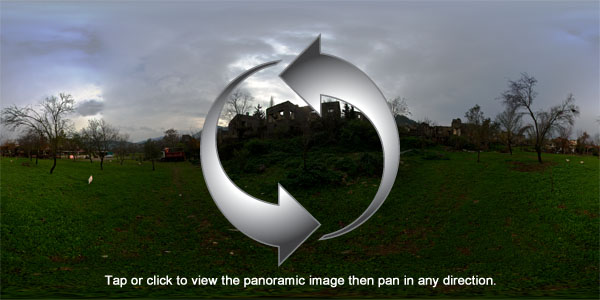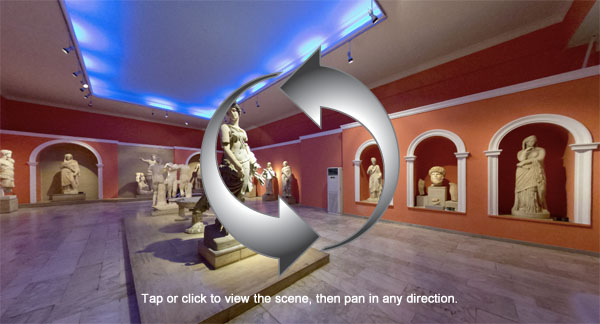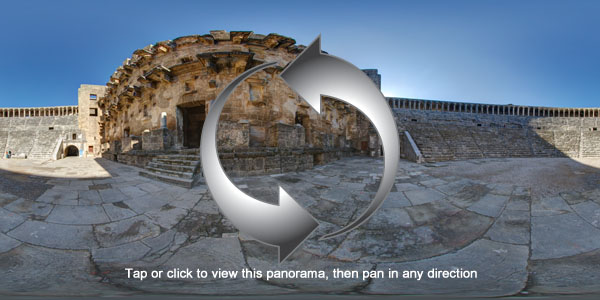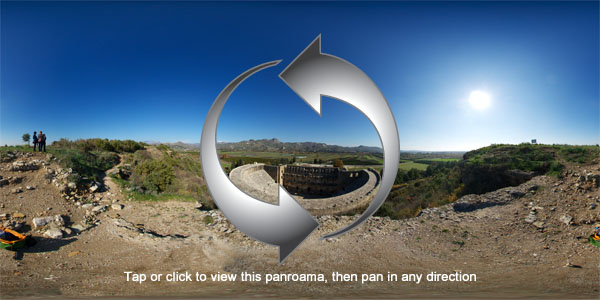Richard W. Rahn:
At the government level, the Fed policy also has created a double lock-in. By buying so much of the debt of the government at very low interest rates, the Fed has enabled Congress and the administration to spend more than they otherwise could if they had to pay the full, real-market interest rate on the government debt. At the moment, the U.S. government is paying only about $225 billion a year on its $16 trillion debt. If it had to pay normal interest rates of, say, 6 percent rather than 2 percent, its interest payments would be something in the order of $800 billion, or roughly a half-trillion dollars a year more. Most of this additional interest payment would have to come out of spending, because to try to borrow this additional amount would result in an interest-rate spiral concluding in the inability to sell any debt. If Congress tried to increase taxes to cover the additional debt payments, the tax increase would need to be so large as to put the economy in a deep recession, or worse, resulting in a great fall in revenue.
The Fed acknowledges the impossibility of buying more and more government debt forever at almost zero interest. Thus, it has said at some point — when growth is higher and unemployment is lower — it will raise interest rates. Its current policies are keeping growth stagnant, however, because the Fed is, in effect, misallocating capital by subsidizing the government, the big banks and some big companies with artificially low interest rates, while starving the job-creating, midsize and highly entrepreneurial companies of needed funds. The Fed and the Obama administration are now locked in a fiscal death dance.






